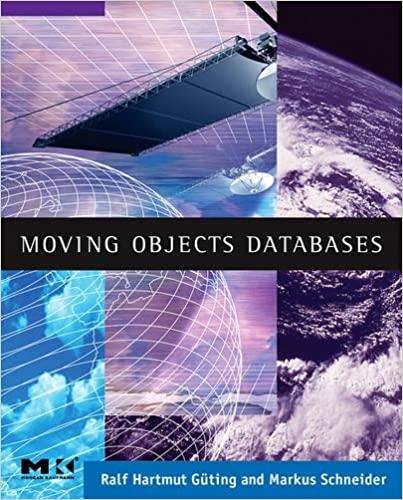Answered step by step
Verified Expert Solution
Question
1 Approved Answer
Suppose a relational schema R 2 ( A , B , C , D , E , F , G , H , I )
Suppose a relational schema RA B C D E F G H I and set of functional dependee: AB C
Suppose a relational schema RA B C D E F G H I and set of functional dependencies
Identify all candidate keys for
ABD is the candidate key, because closure of ABD has all the attributes of R Prime attributes: A B D Nonprime attributes: C E F G H I
Check out that is in or not? If not decompose it in
Neither is super key, nor is prime attribute.
Neither AD is not super key, nor GH is prime attribute.
Neither BD is not super key, nor EF is prime attribute.
Neither is not super key, nor I is prime attribute.
Neither is not super key, nor is prime attribute.
is not in as it is not following the rules of
Therefore, RABCDE needs to be divided into following:
RA B C I
RA D G H J
RB D E F
RA B D
RA B C
RA I
RA D G H
RH J
END OF EXAMAD GHBD EFA IH J

Step by Step Solution
There are 3 Steps involved in it
Step: 1

Get Instant Access to Expert-Tailored Solutions
See step-by-step solutions with expert insights and AI powered tools for academic success
Step: 2

Step: 3

Ace Your Homework with AI
Get the answers you need in no time with our AI-driven, step-by-step assistance
Get Started


